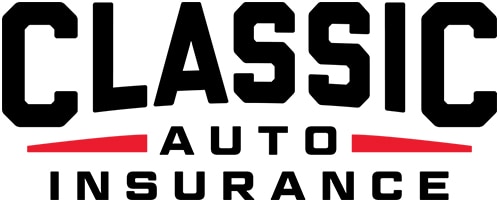June 2025: Month in Motoring
The automotive restoration industry stands at a fascinating crossroads. While traditional restoration shops continue to serve the classic car community, a new generation of restorers is transforming how we think about automotive revival, from social media-driven builds to the emergence of salvage auction platforms. As collector car enthusiasts navigate this evolving landscape, understanding the opportunities and challenges ahead has never been more important. Whether you’re embarking on your first restoration project or adding to an established collection, Classic Auto Insurance provides the specialized coverage needed to protect your automotive investments throughout this exciting journey. Call us at 888-901-1338 today for your free quote.
The Enduring Foundation of Restoration Shops
Restoration shops have been the foundation of the car hobby for generations. Nearly every pre-1980 collector car you see at a show has spent some time in a shop getting fully or partially restored. It was just what you had to do to get your classic car on the road. Owners have always been proud of the work that was done, displaying large photo albums of the restoration journey.
The Modern Restoration Revolution
But is this changing? Are cars still being restored today? When they are, is the investment worth it? And most importantly, does the introduction of Carfax change everything when it comes to modern day supercars?
Many will say cars are not being restored today. But that could not be further from the truth. What is changing is what is being restored. And those who are doing the restoration work have massive followings on social media. This is where the next generation of car collectors is being created.
The Copart Game-Changer
The discovery of Copart by these new young gun restorers has changed the restoration business forever. But what is Copart? Copart is an online marketplace where insurance companies sell cars that have been designated as a total loss. In the old days, if you wanted to find a car to restore, you had to go to junkyards around the country and look around. Today, you can do that search from the comfort of your couch. Can’t afford a new Porsche 911 Turbo S? How about a wrecked one for 25% of the retail price that needs a few months and $50,000 in work? You could end up with your own supercar for 50% of the retail price.
Social Media as the New Money Generator
Modern restorers have discovered that showing their restoration work on YouTube can be a real money generator. We will dig deep into these shops in July’s Month in Motoring.
Historical Performance vs. Modern Challenges
Historically, how has this worked out when restoring a damaged classic car compared to one that was left original? Actually, quite well, with most sales showing very little difference in retail prices. But will this trend continue with modern collector cars? Maybe…
The Carfax Factor
Carfax has now documented all registration, service, and damage to most cars in the modern era. By obtaining one, a clear picture of the history of a car is presented. Very little is left to the imagination. With today’s standards, a blemish on the Carfax report can have massive consequences for the valuation. The romanticism of telling a car’s story has changed forever, because now it is just a click away.
Strategic Approaches for Today’s Collector
So, what does this mean for you? It all depends on what you want to do. Always buy the best you can afford. If you want to invest in an investment-grade modern collector car and hold it, hoping it increases in value, that is one strategy. Keeping miles to a minimum and proper storage are key to this plan.
If you can work on cars yourself, watch Copart for something that interests you. When you find what you are looking for, go and look at it yourself. In-person inspections are critical to your planning. Significant damage can be hidden. And sometimes what appears to be significant is not. This strategy is also a good one if you are looking for a car that you can drive. If the car has already been damaged, and something happens again, the depreciation has already been accounted for.
The Long-Term Investment Opportunity
Another opportunity might also be buying and holding damaged cars for future restoration. Recently, an auction was completed that sold the inventory of a junkyard that contained 1950s and 60s European supercars. The junk yard owner had the foresight to keep them. They sold for millions. There is no reason why this strategy would not work today.
Month in Motoring will dive deeper into each of the strategies next month.
Prime Protection With Classic Auto Insurance
Whether you’re restoring a barn find from Copart or preserving a pristine original classic, proper insurance coverage is essential for protecting your automotive investment. Classic Auto Insurance has been offering specialized collector car insurance coverage since 1992, providing tailored policies for antique cars, classic trucks, vintage cars, collector cars, hot rods, and exotic vehicles. Their experienced team understands the unique needs of car enthusiasts and offers comprehensive coverage that traditional auto insurance simply can’t match.
Classic Auto Insurance offers specialized collector car insurance coverage you just won’t find anywhere else, with policies designed to protect and preserve the legacy you’ve worked so hard to build. From agreed value coverage to roadside assistance specifically for collector vehicles, they provide the peace of mind that allows you to truly enjoy your automotive passion.
Contact Classic Auto Insurance today at 888-901-1338 for your complimentary quote.
Happy Motoring

